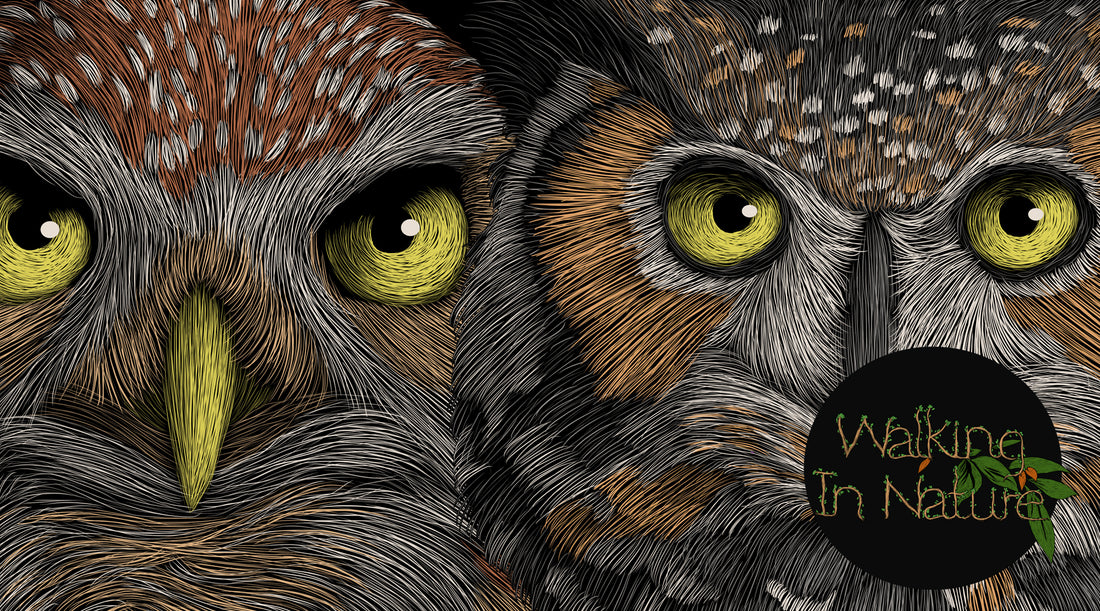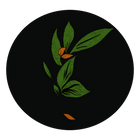## Summary
Creating a wildlife art series can often be a thrilling adventure for artists. This process allows an artist to delve deep into capturing the majesty of the wild. Having the opportunity to depict different aspects of nature and wildlife in a series of art pieces is a rewarding project. However, how does one go about it? Our guide on 'How to create a wildlife art series' demystifies this process, providing a step-by-step guide all from conceptualization to promotion. Embrace the beauty of nature, and let's bring it to life on canvas!
## Step-by-Step Guide to creating a Wildlife Art Series
So you're asking, "How to create a wildlife art series?" It's not as complex as you might think!
First, immerse yourself in nature.
Spend time observing wildlife in their natural habitats. Sketch or photograph your findings. This step is your research phase, vital for creating an authentic and realistic art series.
Next, decide the theme and select your subjects.
Your theme could be broad like 'African wildlife' or narrowed down to 'the endangered birds of the Amazon'. It's a chance to tell a story or send a strong message through your art series.
Then, sketch the initial individual pieces.
Don't be afraid to explore different styles, but maintain a sense of aesthetic coherence across all pieces of the series.
Lastly, the exciting bit, bring your sketches to life!
Pour all your passion into each stroke, adding depth and character to each subject. Remember, the magic of wildlife art lies in capturing the spirit and majesty of these creatures.
You see, creating a wildlife art series is about blending inspiration, creativity, and a profound respect for nature's wonders.
## Step-by-Step Guide to Creating a Wildlife Art Series
Starting a wildlife art series can seem like a daunting task, but it doesn't have to be. It simply requires a well thought out plan and a couple of creative ideas that align with the concept of wildlife preservation.
Firstly, the key is choosing a wildlife theme that truly resonates with you. Ask yourself: What do you feel passionate enough about to create multiple pieces of art around? This could be anything from a specific animal species, to the exotic flora and fauna of a region, or even the different stages in an animal's life. The more passion you exhibit for your subject, the more authentic your artwork will appear.
Secondly, do your research. Studying your chosen wildlife subject is incredibly important. Understanding their behaviors, habitats, movements and characteristics will allow your artwork to be accurate and realistic – a quality respected in the art world. This stage could involve visiting zoos, watching documentaries or reading relevant literature.
Next, sketch your ideas. This will provide you a foundations for your series. Experiment with different compositions, styles, lighting, and techniques. Work out which techniques best capture the essence of your chosen subject, providing an accurate depiction and a creative representation. Allowing your creativity to flow in between the lines of reality and imagination is the beauty of creating a wildlife art series.
Finally, start creating. Choose your medium, whether it's watercolor, oil painting, or digital art, and start bringing your sketches to life. As you work, be open to adjusting and tweaking your concept. Each piece should not only be beautiful standalone artwork, but there should also be a thread that connects all of them, adhering them together as a series.
Creating a wildlife art series is not just about producing multiple pieces of art, but about crafting a visual narrative that communicates your passion for wildlife through artistic expression. Sooner than later, you'll be proudly showcasing your series to art enthusiasts who share the same passion for wildlife that you do.
Remember, patience and persistence bear the sweetest fruits. In the end, the process is just as rewarding as the final product. The journey of creating a wildlife art series is one of self-expression and discovery that will enhance your skills and outer appreciation of the intricate beauty of nature.
## Choosing The Right Medium for Your Art Series
Choosing the right medium is a pivotal step in **how to create a wildlife art series**. Let's help you navigate your options. Visit any art supply store, and you'll be overwhelmed with the variety of art mediums at your disposal. From classical oil paints to digital graphics, the list is endless.
Some artists enjoy the detail and precision provided by pencils and charcoal, making them great for sketching delicate creatures and intricate patterns in nature. On the other hand, for those seeking to capture the passionate hues and fantastic saturation of wildlife, nothing beats the intensity of oil and acrylic paints.
Subsequently, digital art is also surging in popularity. Digital media offer exceptional flexibility, allowing you to experiment without any fear of wasting resources. Regardless, the medium must serve your artistic vision. There's no one-size-fits-all.
Remember, each medium presents a different learning curve and requires specific tools and skills. So, invest time in understanding the properties of your chosen medium and align it with your artistic vision to create a compelling wildlife art series.
Switch up, experiment, and you might find a medium that speaks directly to your unique style!
## Choosing The Right Medium for Your Art Series
Embarking on the journey to create a wildlife art series requires not only solid concepts and subjects but also deciding on the right medium that will best communicate your message.
Think of the medium as the translator that transcribes your visual story into a compelling masterpiece.
From oil paintings to digital graphics, the choices are vast.
But how do you choose the ideal medium for your wildlife art series?
Firstly, consider the aesthetic quality you aim to capture.
For instance, oil paints might lend a classical feel to your series while acrylic paints might lend a modern aesthetic.
However, suppose you're striving for a realistic depiction of wildlife.
In such cases, a blend of graphite and colored pencils could be your go-to option, providing a highly detailed finish.
Lastly, don't forget the roles of watercolors that bring out vibrant and lively depictions of your wildlife subjects.
Remember, the medium you choose should enhance rather than hinder your overall artistic vision.
Choose wisely, and you'll have a tangible representation of your concepts that appeals to your audience and makes your job as a wildlife artist exciting!
## Promoting Your Wildlife Art Series for More Visibility
Once you've created your wildlife art series, the next step involves showing your work to the world.
This task, though challenging, can be rewarding.
Start by leveraging social media platforms like Instagram, Facebook, or Pinterest where visual content reigns supreme.
Remember, consistency is key in social media marketing.
Post regularly and engage with your audience by asking for their opinions or encouraging them to share your work.
Beyond digital media, consider hosting a gallery exhibition or joining local art fairs.
This approach not only provides a platform to showcase your series but also allows for direct interaction with art enthusiasts and potential buyers.
Don't overlook the power of word of mouth; encourage friends, family, and satisfied customers to share your work within their networks.
Lastly, always carry business cards bearing your website or online portfolio—they come in handy when networking.
Remember, the more visible your wildlife art series is, the higher the chances of it gaining recognition and attracting sales.
## Conclusion: Exploit Your Creativity
Finally, creating a wildlife art series is not just about perfect techniques or choosing the right medium; it's about exploiting your creativity to its fullest. The primary charm of a wildlife art series lies in its capacity to narrate a story, induce emotion, or capture a unique viewpoint of the natural world.
Don't be afraid of change or experiments. They can often lead to unexplored territories of your artistry. Maybe that's a series depicting nocturnal wildlife or focusing on endangered species to raise awareness.
Remember, your art is an extension of you and your unique view of the world. So let it speak your truth. It's also a vehicle to display your passion and respect for wildlife.
In your journey of creating a wildlife art series, remember to enjoy the process. Stay persistent, keep learning, and don't be afraid to make mistakes. They are all part of the creative journey.
And once your masterpiece is complete, don't forget to share it with the world. A wildlife art series can make a magnificent addition to art print collections, shirts, and other merchandise. Your series can bring joy to others and let them connect with nature in a profoundly artistic manner.

